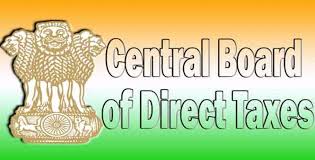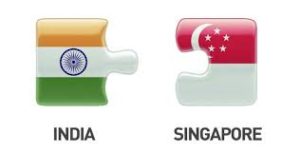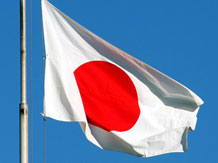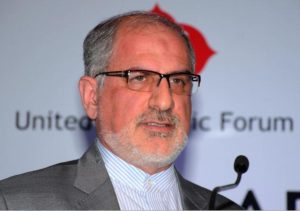 Tax department says any general public service that involves trade, commerce or business for a consideration will not be treated as Charity under the Act
Tax department says any general public service that involves trade, commerce or business for a consideration will not be treated as Charity under the Act
With a view to weed out commercial activities under the garb of charity, the tax department has said any general public service that involves trade, commerce or business for a consideration will not be treated as Charity under the Income Tax Act.
Issuing ‘Explanatory Notes to the Provisions of the Finance Act, 2015’, which lists all the amendments that were made to it, the Central Board of Direct Taxes (CBDT) in a circular gave the definition of ‘charitable purpose’ as also listing yoga as one of the activities that will get tax benefit.
“The definition of ‘charitable purpose’ in the I-T Act has been amended to provide that the advancement of any other object of general public utility shall not be a charitable purpose, if it involves the carrying on of any activity in the nature of trade, commerce or business, or any activity of rendering any service in relation to any trade, commerce or business, for a cess or fee or any other consideration..,” the note said.
This is intended to ensure appropriate balance between the object of preventing business activity in the garb of charity and at the same time protecting the activities undertaken by the genuine organisation as part of actual carrying out of the primary purpose of the trust or institution. “These amendments take effect from April 1, 2016, and will, accordingly, apply in relation to the assessment year 2016-17 and subsequent assessment years,” it said.
The explanatory note also provides details of rates of direct taxes, applicability of minimum alternate tax (MAT) on foreign entities, tax benefits for Swachh Bharat Kosh and Clean Ganga Fund, besides other provisions of the Finance Act, 2015, which was approved by Parliament in May.
As per the circular, 115 JB of Income Tax Act has been amended such that capital gains arising on transactions in securities; or interest, royalty or fees for technical services to a foreign company will not be liable to MAT if such income is credited to the profit and loss account and the tax payable is less than the rate specified in section 115JB.





